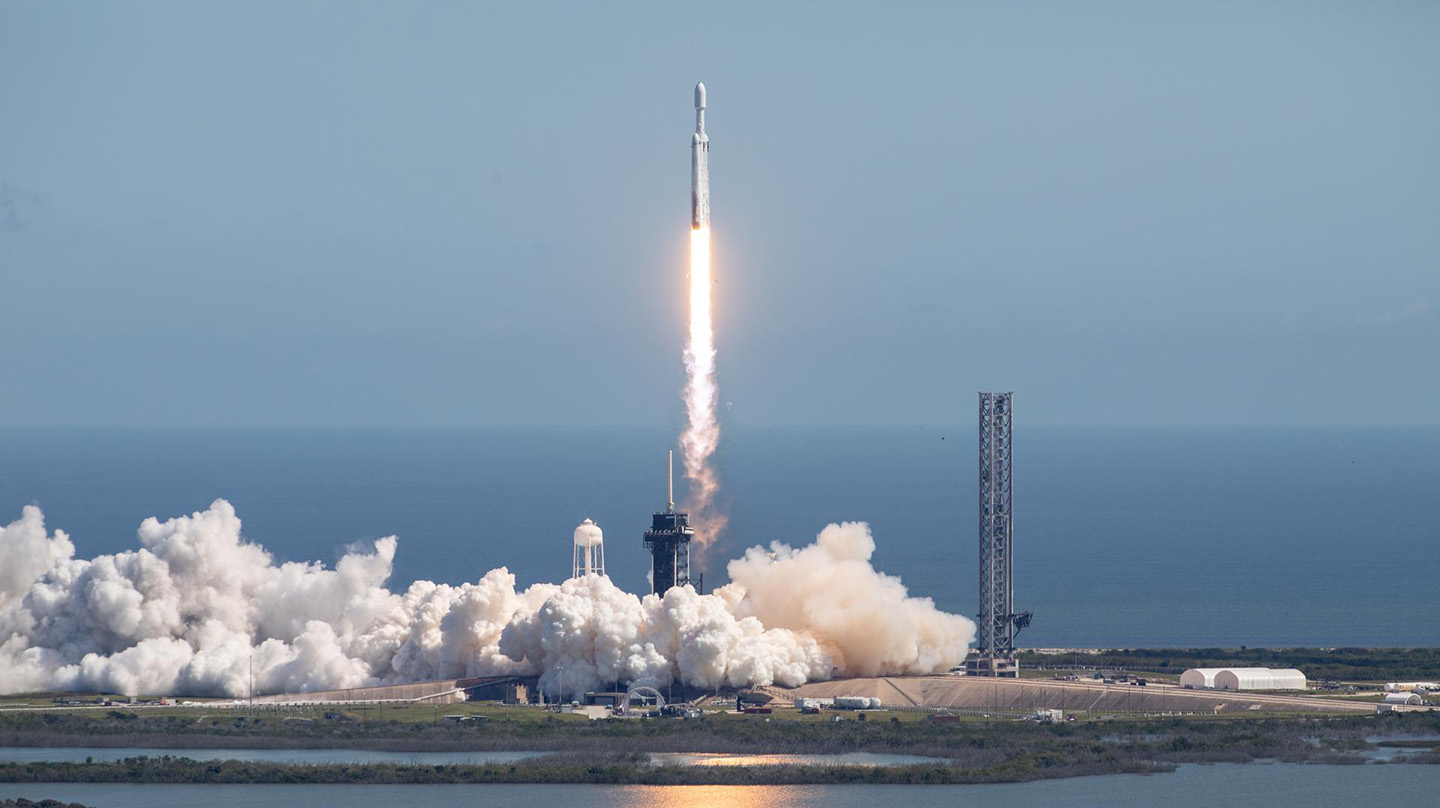
Astrobiology
Finding Life Beyond Earth
At its core, astrobiology searches for answers to profound questions about our place in the universe: Is life unique to Earth? What are the building blocks of life? What conditions make an environment suitable for life to emerge? And what conditions sustain it over time?
APL stands at the forefront of this search, advancing both scientific discovery and technological innovation. With decades of expertise in mission design, instrument development, and planetary and extrasolar exploration, APL has made key contributions to understanding habitability in the solar system and beyond. Our instruments have laid the scientific foundation for missions like NASA’s Dragonfly, which will explore Saturn’s organic-rich moon Titan, and Europa Clipper, and have revealed clays, sulfates, and hydrated minerals—key indicators of past habitable environments—on Mars through CRISM. Through the James Webb Space Telescope, our scientists are charting the Cosmic Shoreline, the theorized dividing line between rocky exoplanets with and without atmospheres.
APL is also opening the door to the ocean worlds of the outer solar system and lifting the veil on exoplanet atmospheres through innovative laboratory research, fieldwork, instrument development, and leadership in astrobiology-focused missions. By investigating these far-off environments, APL researchers are expanding our understanding of where and how life might arise.
Expertise in Action
Jump to a section
Explore our astrobiology expertise.
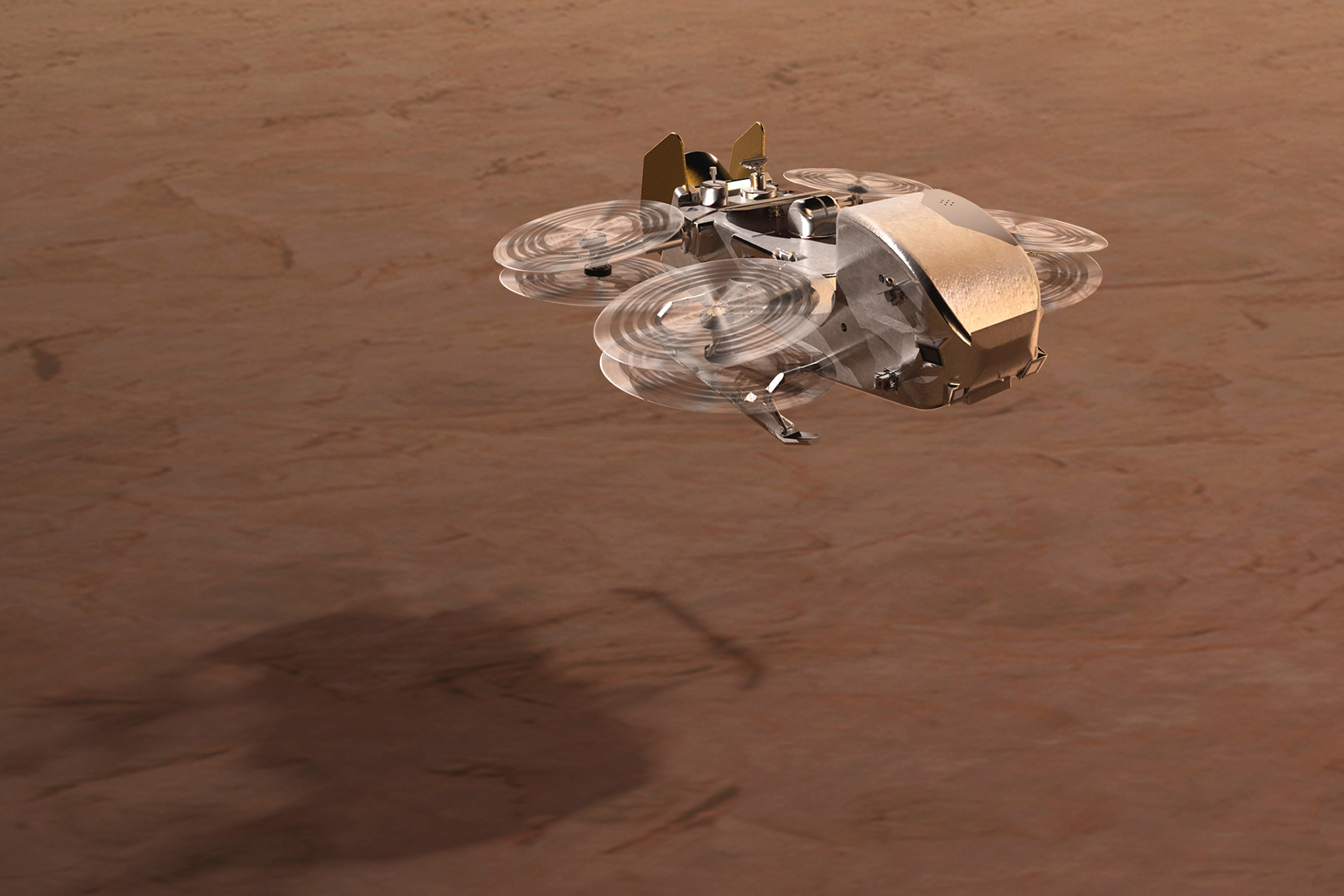
With decades of experience in space exploration, APL has played a pivotal role in advancing the frontiers of astrobiology and the search for life beyond Earth. Having designed, built, and led more than 70 spacecraft missions, including some of NASA’s most ambitious endeavors, APL has established itself as a leader in mission development, from foundational science to conceptual design and operation.
APL’s expertise spans a range of disciplines critical to astrobiology-focused missions. Our scientists tackle profound questions about how and where life might arise beyond Earth, pioneering the APL-led Dragonfly mission to understand how prebiotic chemistry unfolds—exploring an environment that shares intriguing parallels with the early Earth. Our research focuses on the role of meteorite impacts on ocean worlds like Enceladus, Europa, and Titan, and how they could generate conditions suitable for life. Recent findings, such as the discovery of possible subsurface oceans on Uranus’ moons Miranda and Ariel, suggest that potentially habitable environments may exist even in the most unexpected places.
APL engineers apply lessons from Earth to develop technologies essential for life detection. These include both microimaging technology as well as biomolecule purification systems capable of precisely isolating and analyzing molecules for detection, such as amino acids and informational polymers. These innovations could support ambitious mission concepts that APL experts have designed or helped develop, such as the Enceladus Orbilander—a flagship mission concept in which one spacecraft serves as both orbiter and lander to determine whether signatures of life are present in the plume of ice and gas that is ultimately fed by the subsurface waters of Saturn’s moon Enceladus.
APL researchers are also extending their gaze beyond the solar system. Using advanced space observatories such as the Hubble and James Webb space telescopes, they analyze the atmospheres of exoplanets orbiting nearby stars, searching for organic molecules and potential biosignatures. By unraveling spectroscopic data, they aim to identify chemical markers that could signify life in planetary environments light-years away.

Earth’s harshest environments can be a foundation upon which to begin understanding how life might exist on other planets. At APL, our researchers study these terrestrial analogs—Earthbound settings that mirror extraterrestrial environments—to explore how life can survive and even thrive under such extremes, define what constitutes habitability, and test instrumentation that could one day detect that life beyond Earth.
Their scientific investigations have taken them to some of the most remote and inhospitable places on the planet, from the towering dunes of Namibia’s sand seas, to impact craters like the Haughton Impact structure in the tundra of Canada’s Arctic desert, to the hypersaline lakes of British Columbia’s Cariboo Plateau. APL researchers probe the survival strategies and adaptations of the extremophile microbes that call these places home, and strive to understand how signatures of their passage can be preserved over geological timescales. These resilient organisms are specialists, enduring conditions lethal to most other forms of life and offering insights into the limits of biological survival.
By unraveling how these microorganisms adapt to extreme environments and how their molecular components can be preserved over time, APL is shedding light on the origins of life on Earth and the potential for extinct or extant life on other worlds. This knowledge is not only informing the search for life beyond Earth but also guiding the development of innovative technologies to isolate and detect it.
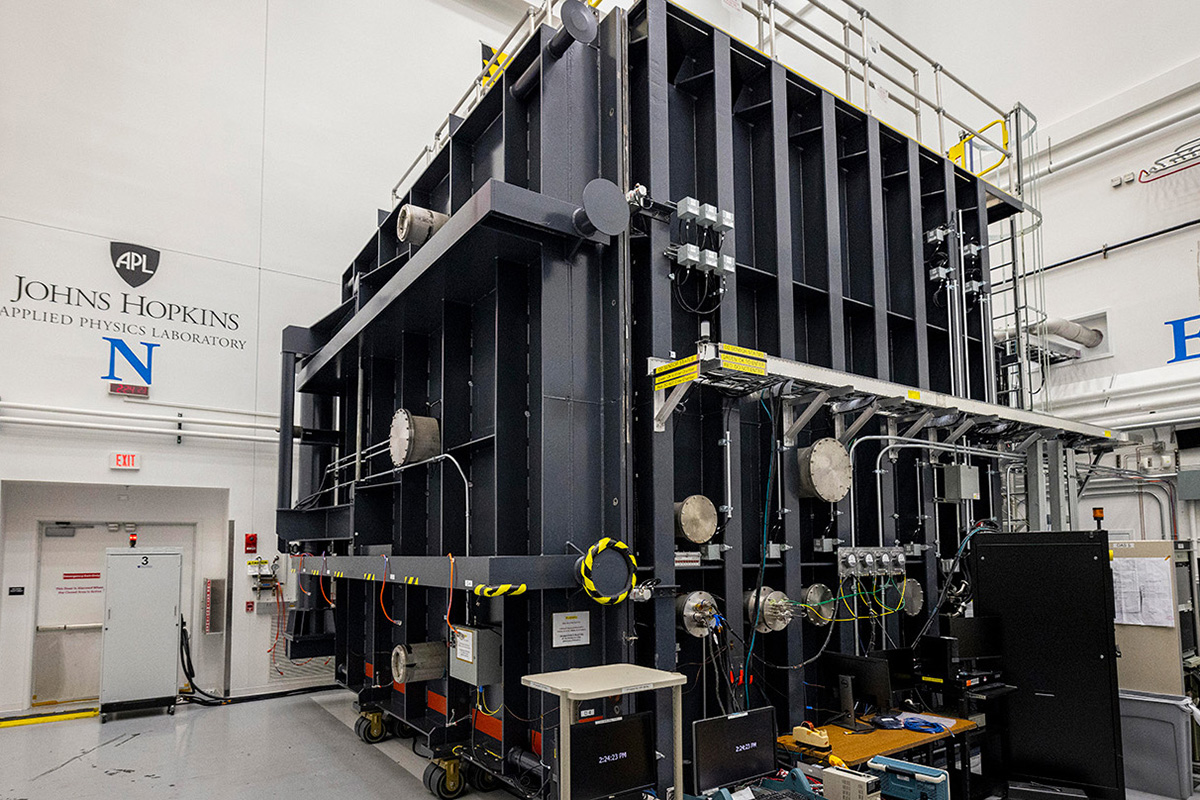
APL is at the forefront of exobiology and planetary exploration, creating tools and facilities that simulate the extreme environments of other planetary bodies and advance our understanding of habitability, and leading research consortia to characterize extrasolar habitable worlds.
APL operates state-of-the-art facilities for simulating the environmental conditions of various worlds, from searing heat to cryogenic cold. APL’s Titan Chamber—the Lab’s largest environmental simulator, and the only one of its kind in the world—mimics the frigid temperatures of Titan to test spacecraft systems for NASA’s Dragonfly.
The Planetary Exploration Research Laboratory (PERL) drives innovation in planetary science with infrared and multispectral imagers and spectrometers, supporting planetary exploration with detailed mineral studies. At APL’s Astrobiology Laboratory, researchers are exploring extremophiles, conducting DNA and RNA nanopore sequencing, performing prebiotic chemistry experiments, and understanding biosignature stability. APL researchers are also pioneering universal habitability standards, integrating ecological and astrobiological models to unify the study of habitability across disciplines. These efforts guide the search for life and deepen our understanding of what makes environments—from Earth to extrasolar planets—capable of supporting life.
For more information on APL laboratories and equipment capabilities, please see our space labs and facilities page.
APL is host to the Consortium on Habitability and Atmospheres of M-Dwarf Planets (CHAMPS) ICAR, an interdisciplinary astrobiology research group tasked with observing and understanding planets orbiting M-dwarf stars to ascertain whether these planetary bodies are capable of supporting life. Our researchers have also been awarded hundreds of hours of observing time with the James Webb Space Telescope to constrain the presence and composition of atmospheres on nearby rocky, M-dwarf planets.
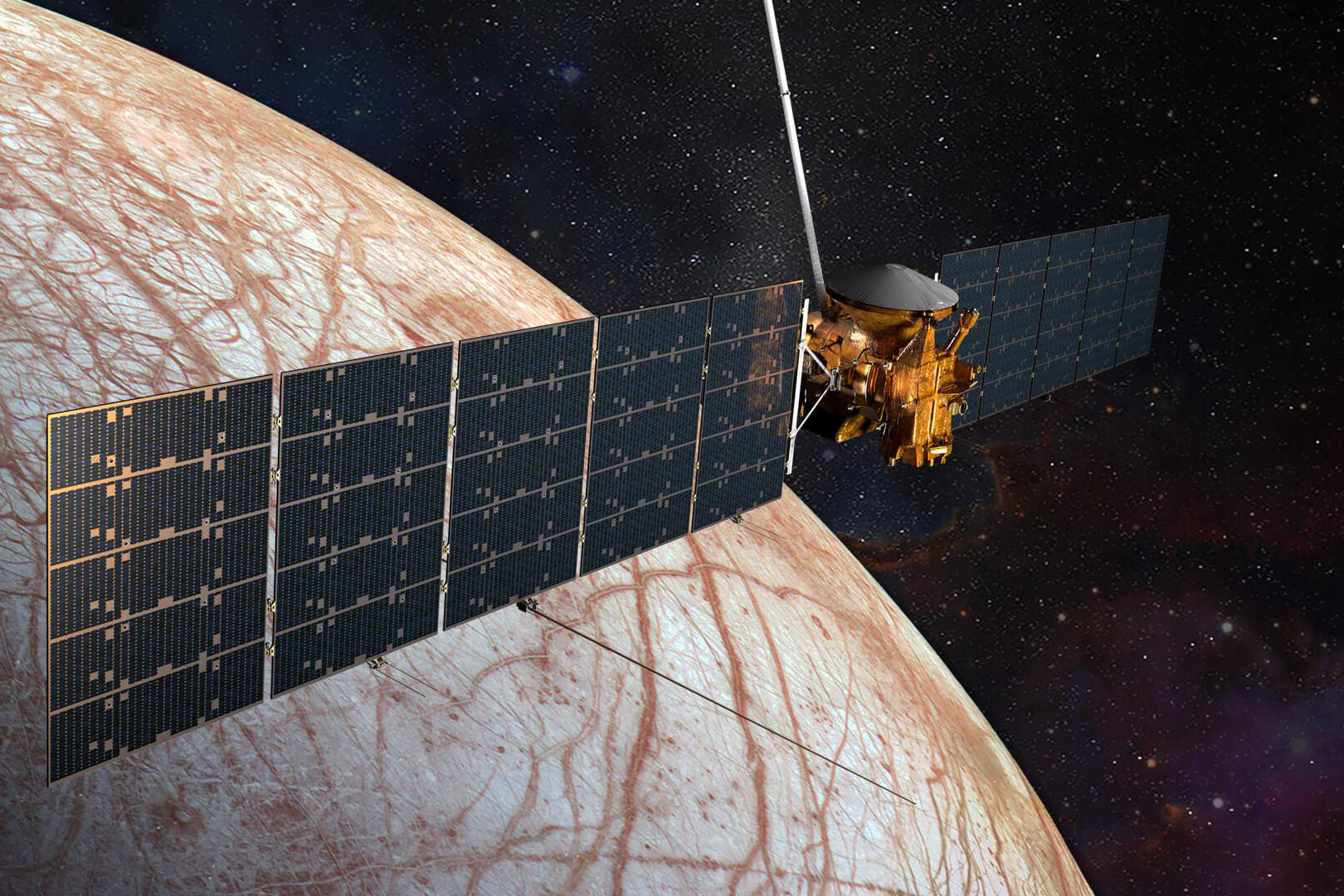
APL is advancing astrobiology with cutting-edge technologies designed to detect and analyze biosignatures remotely or on location in distant worlds. Our scientists and engineers are creating the technology capable of withstanding the harshest extraterrestrial conditions—from Jupiter’s radiation-rich moon Europa to the cryogenic temperatures at the surface of Saturn’s moon Titan.
Their key innovations, among others, include the Mapping Imaging Spectrometer for Europa (MISE) instrument on NASA’s Europa Clipper mission, designed to uncover chemical signs of organic compounds on Jupiter’s moon Europa, and the Dragonfly Gamma-ray and Neutron Spectrometer (DraGNS) to rapidly measure the elemental composition of Titan’s surface. These tools provide invaluable insights into planetary environments, helping to direct future explorations in the search for biosignatures and signs of life.
APL teams are also breaking new ground in sample preparation and analysis technologies. They are creating systems to isolate and purify biomolecules such as amino acids, proteins, and nucleic acids from recalcitrant and often salt-heavy samples collected on other worlds. These innovations fill a critical gap in current space instrumentation, enabling scientists to detect biomolecules with greater precision and confidence. APL researchers are also collaborating with commercial partners in the development of synthetic nanopore sequencers designed for spaceflight. When paired with advanced sample preparation systems, the instrument would make it possible to directly sequence DNA, RNA, and even foreign XNA in space—a transformative leap in the search for life beyond Earth.
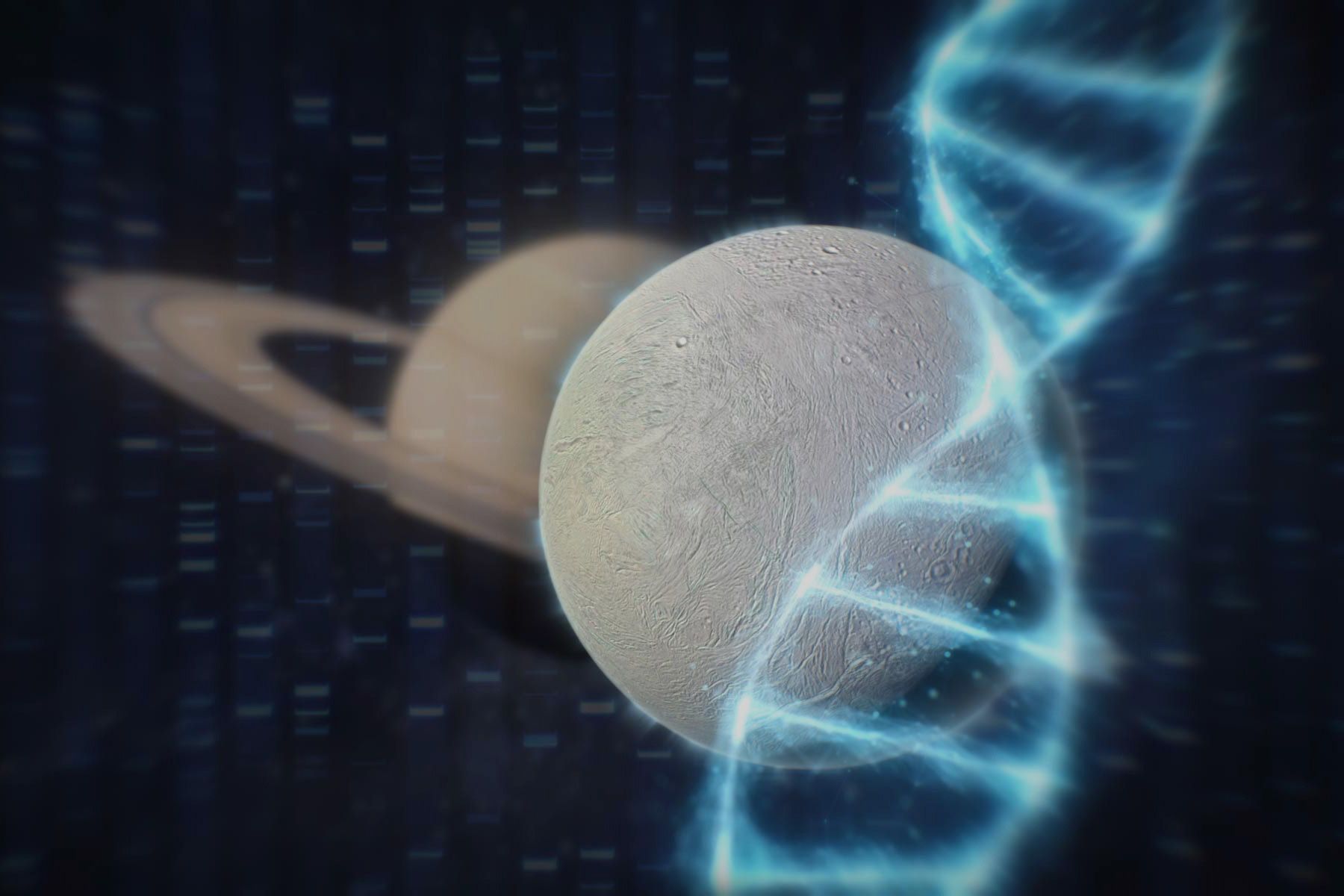
APL researchers and engineers serve as trusted agents and advisers to the astrobiology community in exploring Mars, ocean worlds, and other potentially habitable environments. Collaborating with NASA, the National Science Foundation, the Department of Defense, the Department of Energy, the Centers for Disease Control and Prevention, and academic institutions worldwide, they are helping to establish biodetection standards and drive technology innovation essential for detecting biosignatures and, ultimately, life beyond Earth.
APL’s influence extends beyond missions, shaping the future of astrobiology research and space exploration. Our researchers participate in NASA’s Astrobiology Research Coordination Networks, fostering collaboration on new mission concepts and technologies while guiding the scientific community’s priorities. They also contribute to identifying critical technology gaps for exploration, and developing innovative strategies to inform future directions, such as the National Academies’ Decadal studies and Committee on Astrobiology and Planetary Science.
Featured Science Snapshots
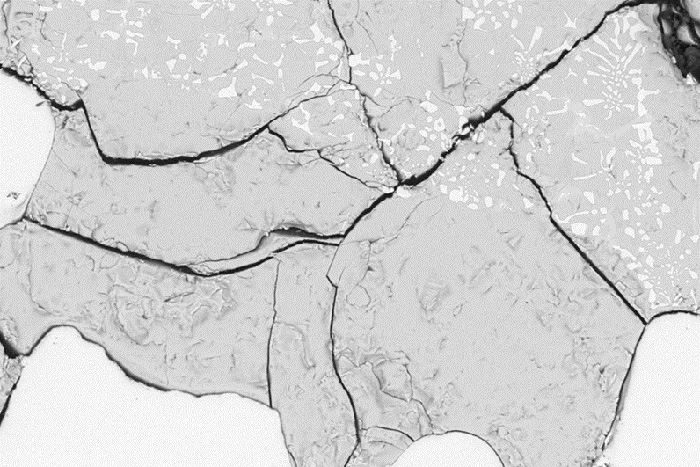
Experiments Re-create the Chemistry in the Center of Asteroids
Experiments conducted in the APL Meteorite Lab mimicked the chemistry experienced in asteroidal cores 4.5 billion years ago, revealing distinct chemical signatures imparted in the early solar system.
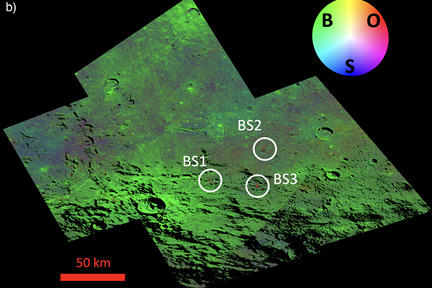
Dwarf Planet Ceres May Have Widespread Organic Materials
A fusion of two datasets from NASA’s Dawn mission revealed new candidates for organic materials on Ceres, which heightens Ceres’ astrobiological potential.
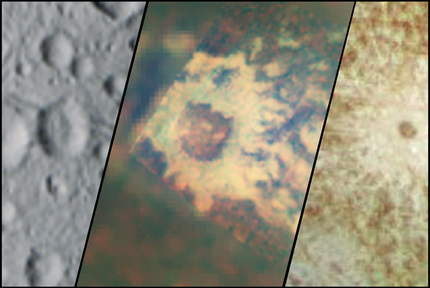
Booms as Astrobiological Boons
Meteorite impacts may have helped create environments on Earth suitable for life to arise or survive. Could impacts play a similar role at Enceladus, Titan, and Europa? We find that impact conditions at these ocean worlds have been consistent with the survival of organic compounds and/or sufficient for promoting chemistry in impact melt. Thus even the smallest craters at these worlds offer the potential to study chemistry relevant to understanding the emergence of life.
Missions
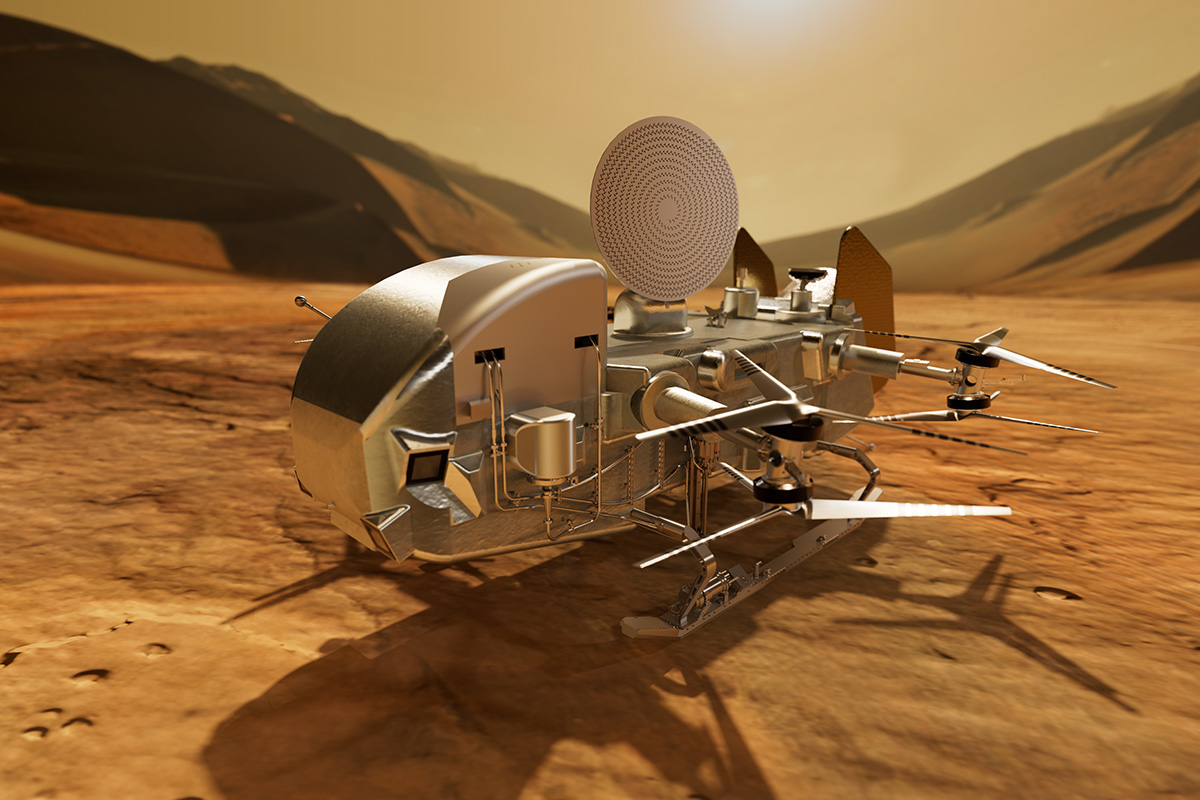
Dragonfly Outer Moons
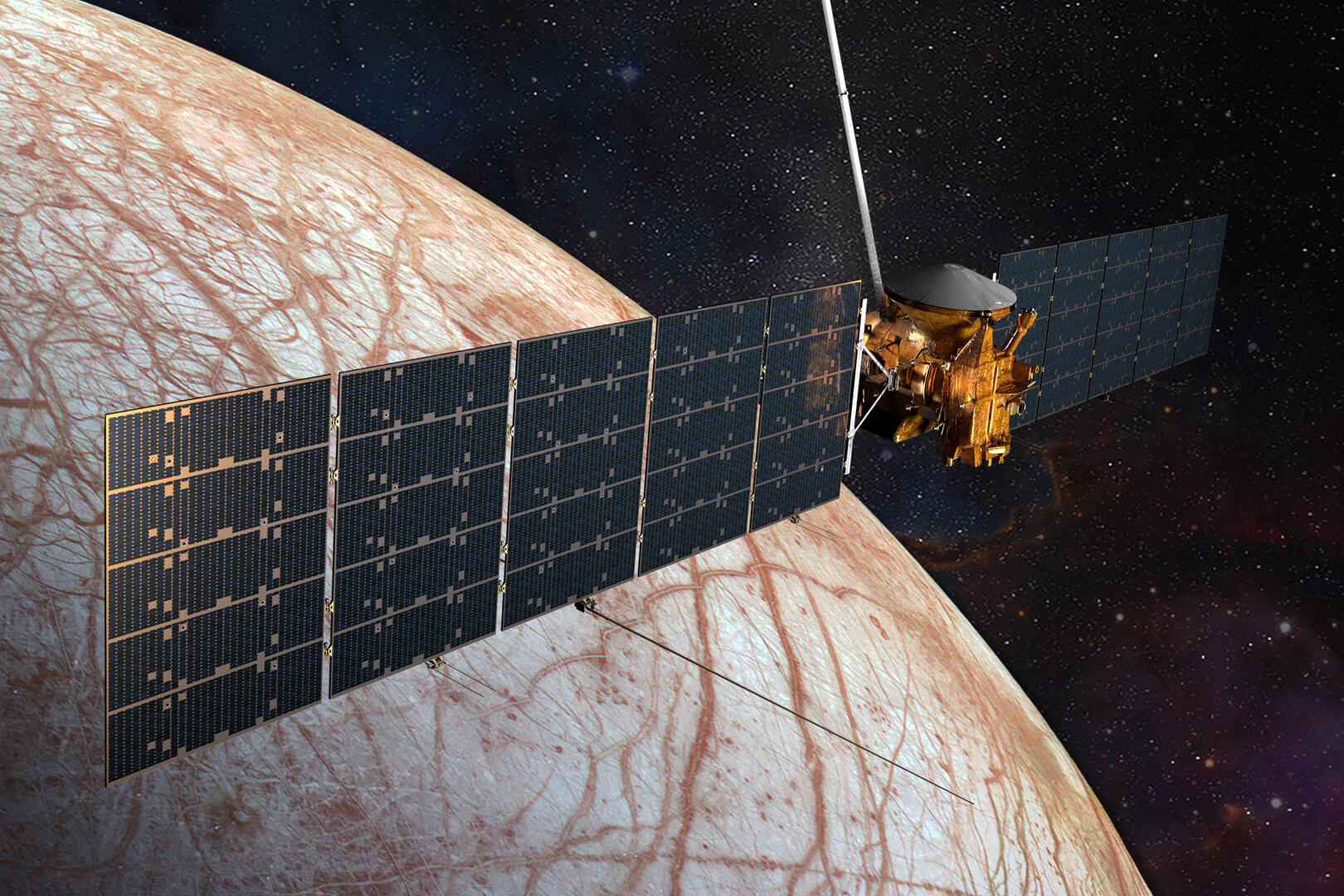
Europa Clipper Outer Moons
Mission Concept Studies
Read mission concept studies produced in support of the 2023-2032 Planetary Science and Astrobiology Decadal Survey.
Instruments
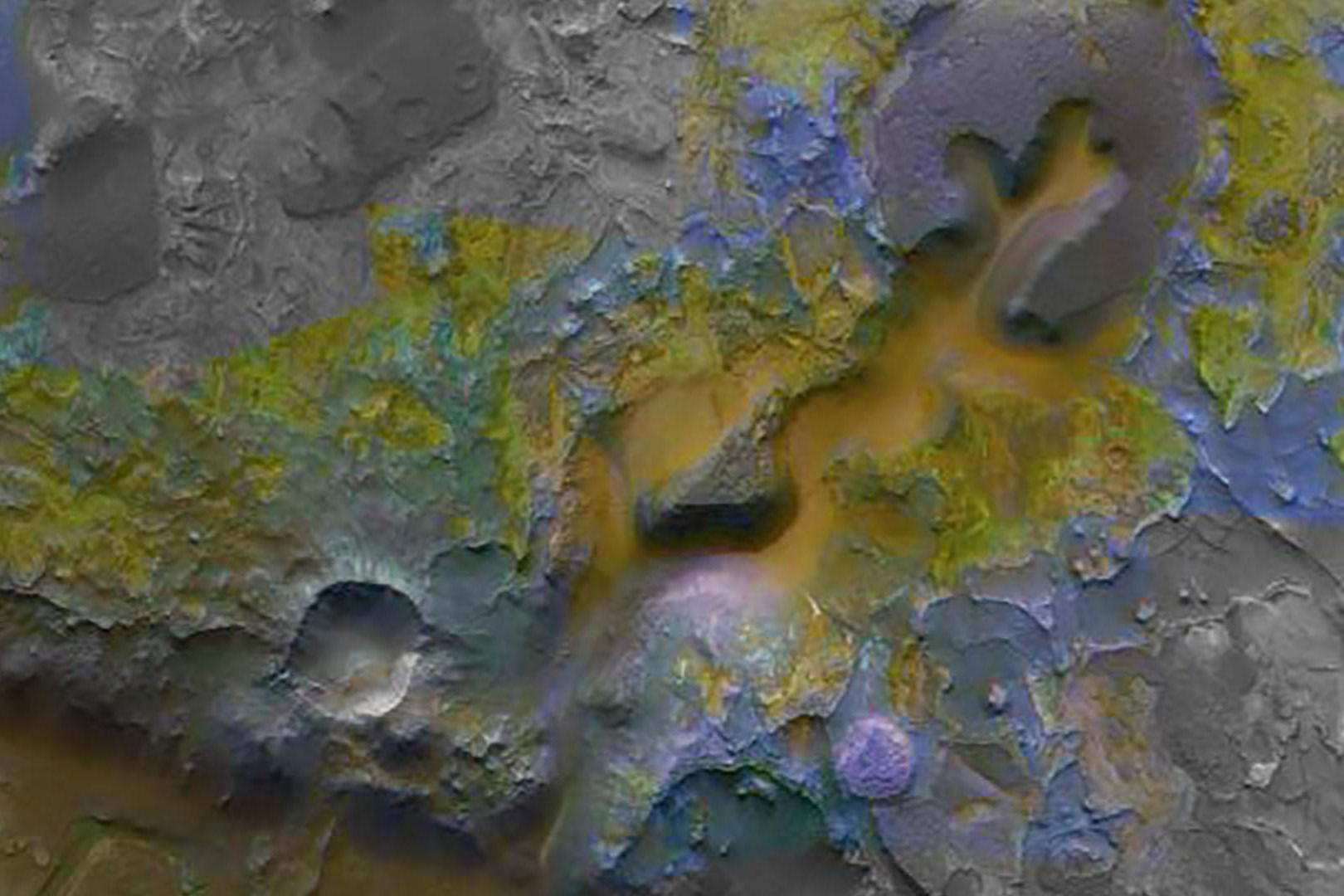
CRISM Terrestrial Planets

DraGNS Outer Moons

EIS Outer Moons

MISE Outer Moons
Experts and Capabilities
Exoplanets
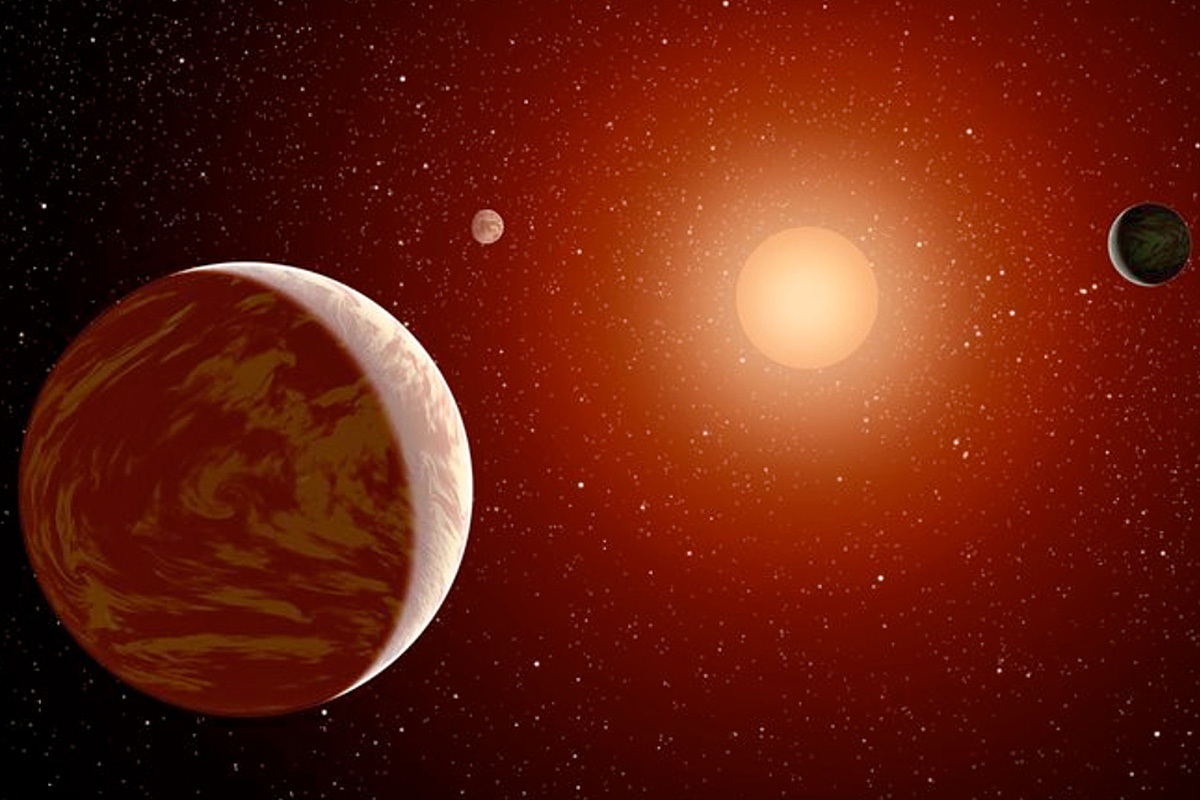
CHAMPS
The Consortium on Habitability and Atmospheres of M-dwarf Planets (CHAMPs) is an interdisciplinary research team whose goal is to address the broad science question: Can M-dwarf planets support life, and if so, how do we best observe and characterize them?
Selected Publications
- On the Local Formation of the TRAPPIST-1 Exoplanets (The Astronomical Journal)
- Impacts on Ocean Worlds Are Sufficiently Frequent and Energetic to Be of Astrobiological Importance (The Planetary Science Journal)
- Community Need for an Astrobiology Sample Repository and Sample Reference Suite (arXiv)
Related News
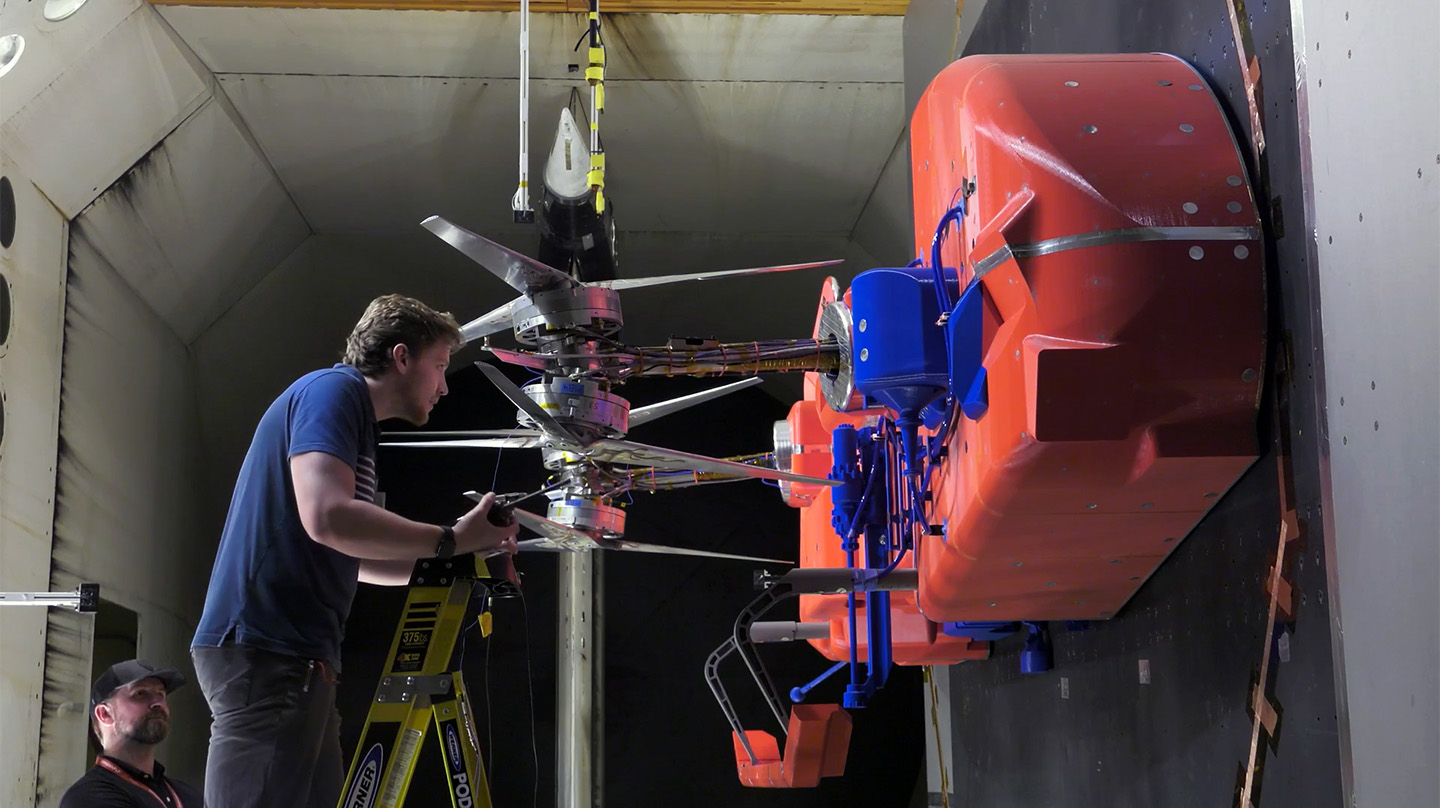
NASA’s Dragonfly Soaring Through Key Development, Test Activities Sep 8, 2025
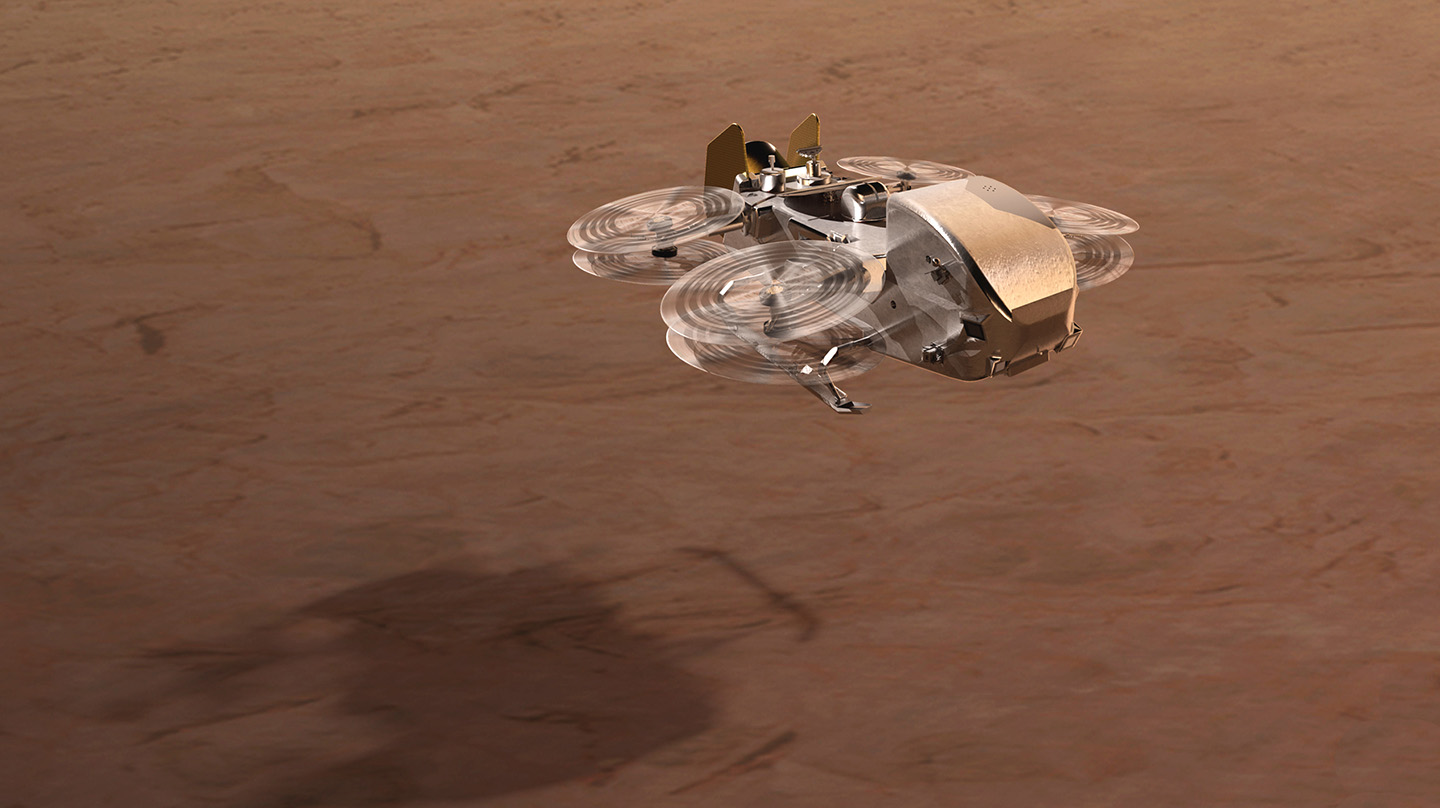
Dragonfly Mission Passes Critical Design Review Apr 25, 2025
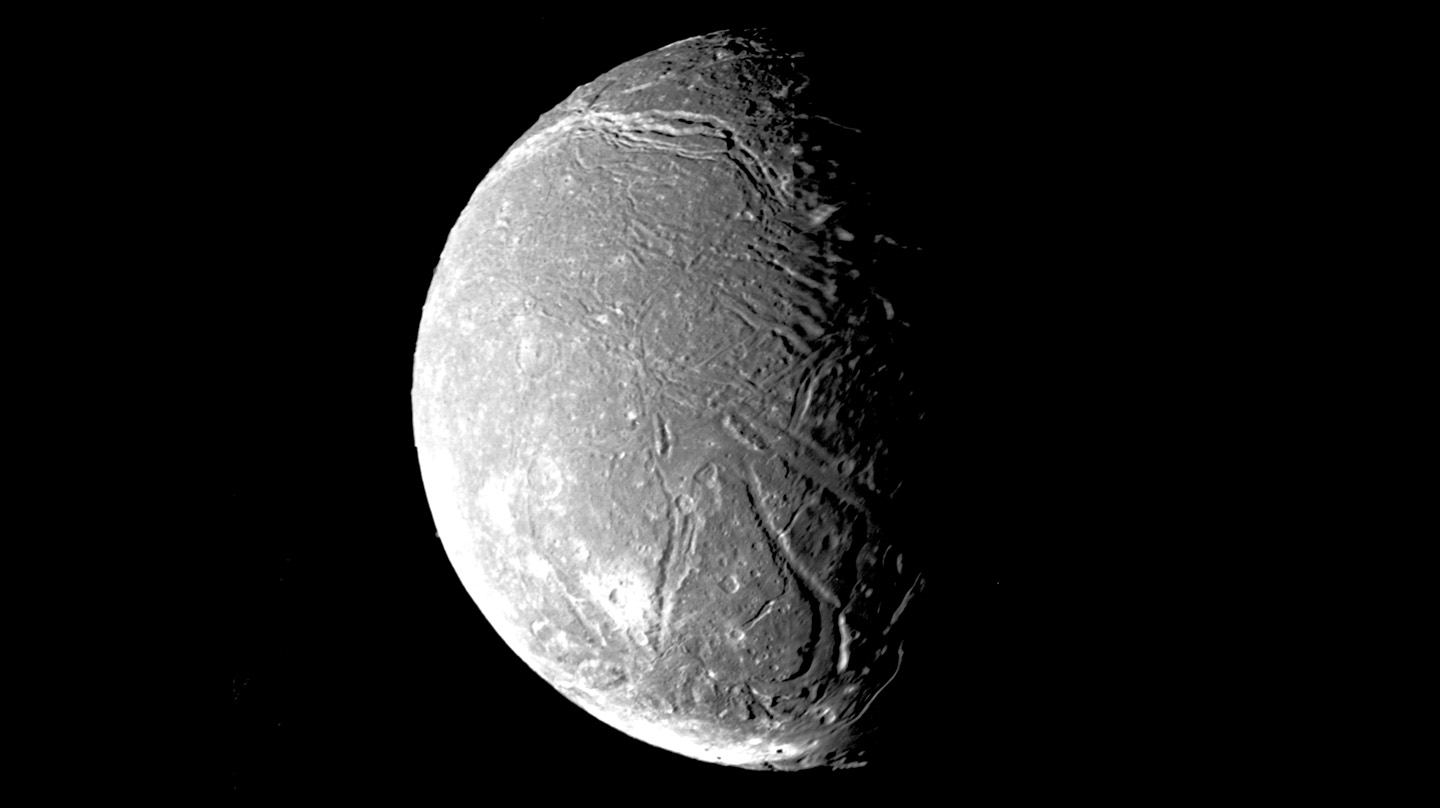
New Study Suggests Trench-Like Features on Uranus’ Moon Ariel May Be Windows to Its Interior Feb 3, 2025
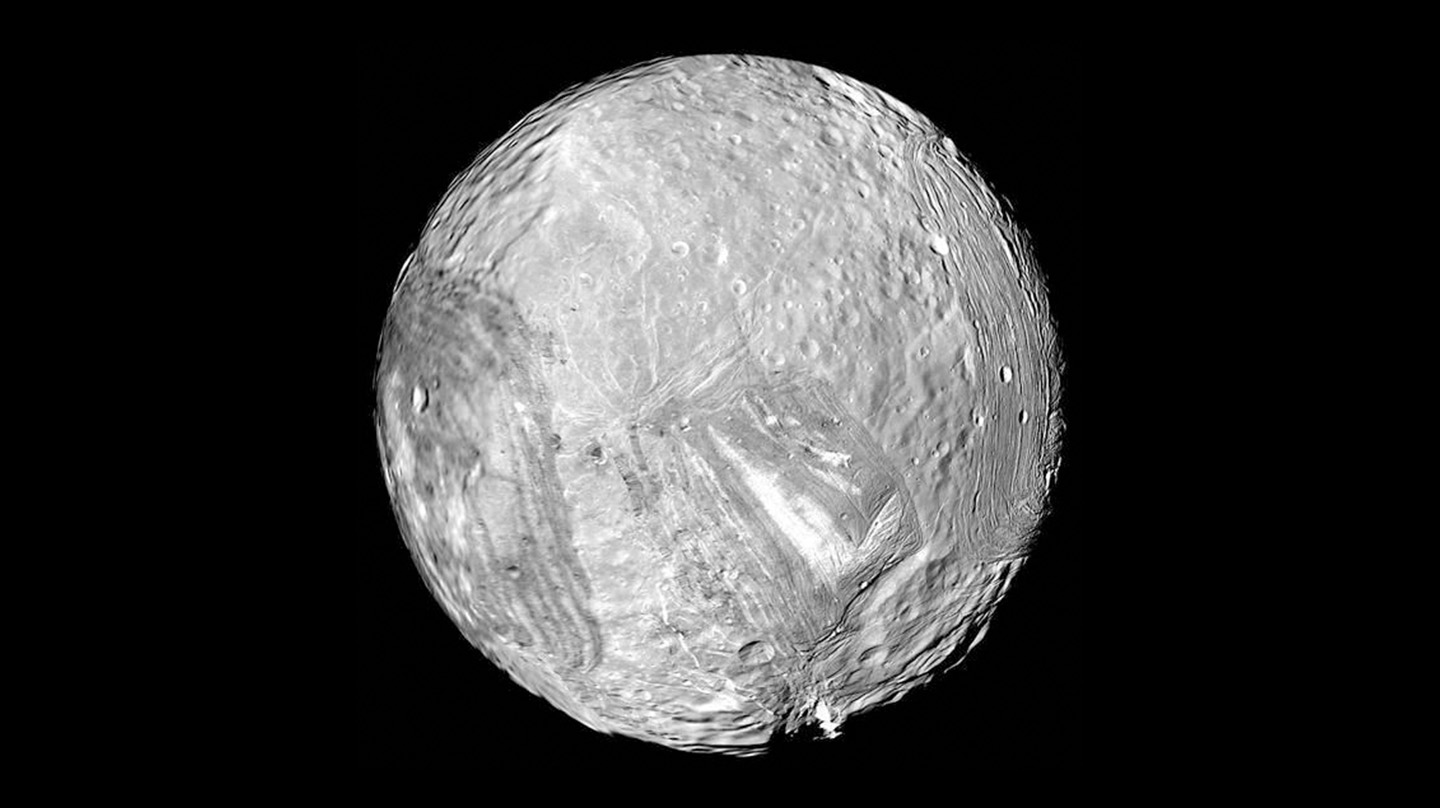
Uranus’ Moon Miranda May Have an Ocean Beneath Its Surface, New Study Finds Oct 28, 2024
